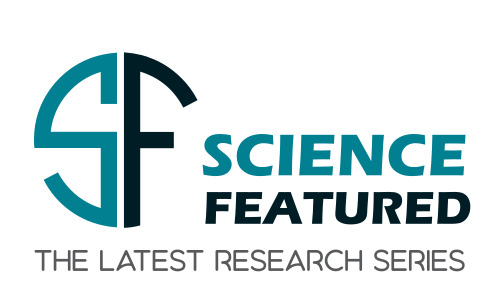Vertebral artery stump syndrome, also known as VASS, is a rare but clinically important cause of recurrent strokes. It occurs when small blood clots, known as emboli, break off from the blocked end or stump of a vertebral artery, which is one of the major blood vessels supplying the brain. These events often remain undiagnosed due to their subtle presentation and the challenges in capturing them through imaging scans. The condition underscores the complexities in cerebrovascular disease management, a field focused on blood vessel problems in the brain, particularly when traditional approaches do not yield effective prevention.
In a newly published case study, Dr. Yu Sakamoto and colleagues from the Daisan Kitashinagawa Hospital described a unique treatment pathway for a patient suffering from VASS. Their findings are published in Radiology Case Reports. The team reported on a patient who experienced multiple posterior circulation strokes, meaning strokes affecting the back part of the brain, despite conventional medical therapy. “The recurrent ischemic events were attributable to emboli arising from the vertebral artery stump,” said Dr. Sakamoto, highlighting the elusive but dangerous nature of the syndrome.
To address the challenge, the researchers utilized an innovative endovascular approach, which is a minimally invasive procedure done inside the blood vessels using catheters. Instead of targeting the occluded vertebral artery directly, they performed parent artery occlusion, a method that deliberately blocks a larger vessel to cut off the source of harmful clots, by navigating through collateral anastomosis, which are natural connections between blood vessels that allow blood to bypass blockages. This novel route allowed them to eliminate the embolic source safely and effectively. According to Dr. Sakamoto’s team, “This strategy demonstrates that collateral pathways can be leveraged for intervention in cases where direct access is not feasible.”
The clinical outcome was significant. The patient had no recurrent strokes following the procedure, with follow-up imaging confirming the successful exclusion of the embolic source. This case highlights not only the diagnostic challenges of VASS but also the potential of creative interventional strategies in cerebrovascular care. By employing collateral circulation routes, the team was able to circumvent anatomical limitations and achieve lasting stroke prevention.
Importantly, the report emphasizes the need for heightened clinical awareness of VASS. The syndrome is often underrecognized, and without targeted treatment, patients may suffer repeated and disabling strokes. The case suggests that endovascular therapies tailored to individual vascular anatomy can play a pivotal role in managing such rare but serious conditions.
Dr. Sakamoto and colleagues conclude that while more studies are needed, their case provides proof-of-concept for a treatment approach that could benefit select patients worldwide. Their work adds to the growing evidence that personalized, anatomy-guided interventions are redefining the future of stroke prevention.
Journal Reference
Sakamoto, Y., et al. “A case of vertebral artery stump syndrome treated by parent artery occlusion via collateral anastomosis.” Radiology Case Reports (2025). DOI: https://doi.org/10.1016/j.radcr.2025.01.070
About the Authors

Yu Sakamoto graduated from Yamanashi University in Japan in 2013 with an MD degree. From 2015 to 2023, he worked as a clinician and researcher at Showa Medical University Hospital. Starting in 2024, he joined the Daisan Kitashinagawa Hospital, where he focuses on promoting community health and training medical staff by utilizing medical illustration, 3DCG, and AI.

Yoshikazu Matsuda is an MD who graduated from Wakayama Medical University in 2003. He has extensive experience in Neurosurgery, beginning his residency in 2003 at Wakayama Medical University Hospital. His career includes work in several hospitals in Wakayama and Kanagawa prefectures in Japan, as well as a research fellowship at Rush University Medical Center in Chicago, USA (2016-2017). Since November 2021, he has been with the Department of Neurosurgery at Showa Medical University Hospital in Tokyo.













































